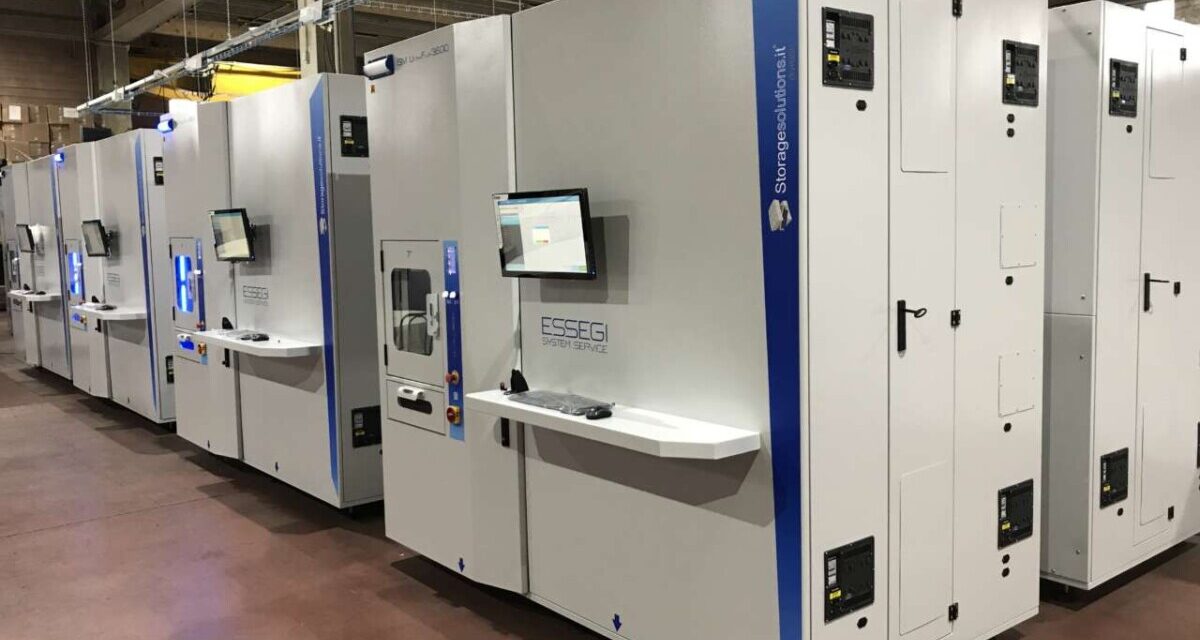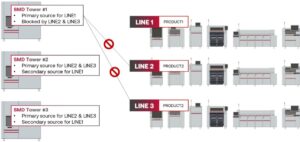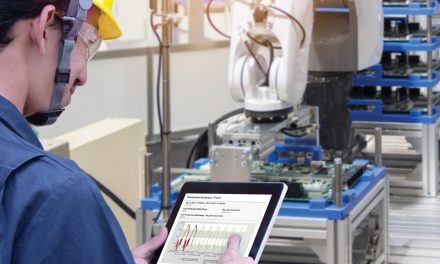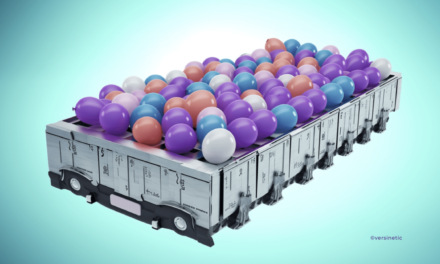How to Use Storage Tower Integration to Improve Your PCBA Process, Save Time & Resources

In a market that is trying to catch up with increasing customer demands and quickly ship products out the back door, no PCBA factory right now can afford to lose any time or resources during the manufacturing process. One way to save a significant amount of time during production, while also reducing line downtime, is using M2M integration to connect placement machines to an automated storage system.
By Greg Benoit, Director – Product Marketing, Cogiscan
What Is Storage Tower Integration?

This request will be sent to the correct SMD storage tower based on its inventory (since all storage towers’ data are synced in the system). Depending on how your factory is run, an operator or an AGV will then gather the material needed to avoid line downtime. In other words, a storage tower integration to your placement machines enables you to be proactive about material replenishment instead of reactive.
Example #1: Assign & Block Primary Sources
Let’s say you run multiple products on different lines. While two of the products you’re currently running use some of the same components, you still want to prioritize getting PRODUCT1 out the back door as that assembly is due sooner.
One way of doing this is to dedicate one storage tower specifically to this line (whereas other towers might serve multiple lines at the same time). In the example below, SMD Tower #1 is assigned exclusively to LINE1 (which is running PRODUCT1). To make sure that SMD Tower #1 does not serve LINE2 and LINE3, the system has blocked this tower from releasing material for these other two lines. By doing this, you can be sure that the needed parts for the production of PRODUCT1 will not be “stolen” by demand for the same parts from other products.
The assignment of primary sources was also developed so that you could enable the system to choose the tower that is closest to a given line, rather than one that’s on the other side of the shop floor. This also saves the operator the time and hassle of having to walk all over the place to pick up the material.
Example #2: Avoid Multiple Trips with Consolidated Request
Staffing is currently one of the biggest issues for many electronics manufacturers around the globe. One way to address this problem is by reducing time-wasting tasks that take up too much of your operators’ time.
With storage tower integration, you can save numerous material replenishment trips for the placement machine by consolidating multiple simultaneous low-level alarms in one single tower. That way, one operator will be able to operate his/her line with fewer trips for replenishment, hopefully meaning your operators can manage more lines simultaneously. This will reduce your labor requirements by making your operators more efficient – and happier!
Conclusion
In conclusion, there are multiple reason to use M2M integration between your SMD storage towers and your placement machines. Among other benefits, it helps you avoid line downtime, facilitate the work of your operators (a big consideration given the current economy and skills shortage) and help you optimize your overall production operation in order for you to close the gap on those backlogs you’ve had for some time.
Interested? Contact a Cogiscan expert today!















